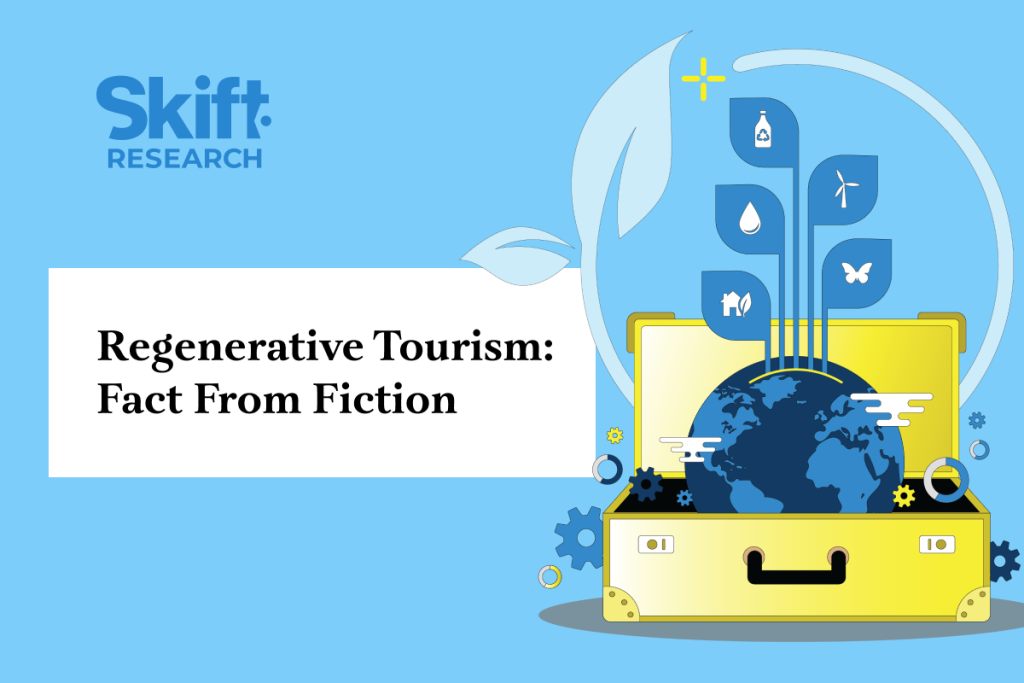Regenerative tourism has become a topic of interest in the travel industry, sparking both excitement and skepticism. The concept aims to maximize the positive impact of tourism on destinations, communities, and the environment, rather than just minimizing harm. However, there is no clearly defined or scalable methodology for regenerative tourism, leading to passionate debate and challenges around credibility. Unlike sustainable tourism, which has standardized metrics, regenerative tourism lacks a clear set of guidelines and has been implemented piecemeal.
One of the key challenges with regenerative tourism is the lack of defensible data and a clear methodology, making it susceptible to being seen as greenwashing. Without standardized metrics, it is difficult for consumers and experts to trust claims of regenerative practices. While the concept is new, the idea of repurposing degraded sites for impactful tourism has been around for years, demonstrated by projects like the Eden Project. The industry must ensure that regenerative tourism does not become a vehicle for greenwashing or distract from addressing larger issues like climate change.
Despite the challenges, there is an opportunity for destinations and tourism businesses to be trailblazers in the regenerative tourism space. Skift’s research indicates that there is a growing importance placed on supporting destinations that practice green tourism, particularly in countries like China and India. The concept of regenerative tourism is often seen as a post-pandemic “build back better” strategy, aligning with the demand for more culturally immersive and participatory travel experiences that give back to local communities.
To address the challenges around credibility, the industry must focus on creating defensible data and implementing a clear methodology for regenerative tourism. While there is currently no standardized system of measurement or certification, work is being done to protect regenerative tourism from greenwashing and ensure that it maximizes its potential positive impacts. By innovating and implementing green travel practices under the regenerative banner, savvy destinations and businesses can distinguish themselves in the market and contribute to a more sustainable future for the travel industry.


